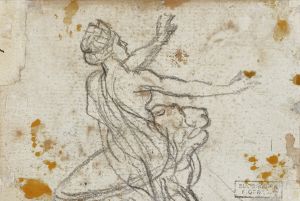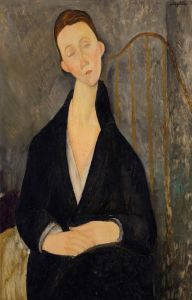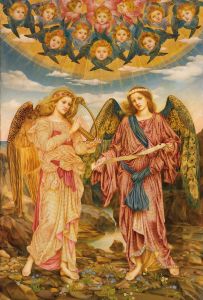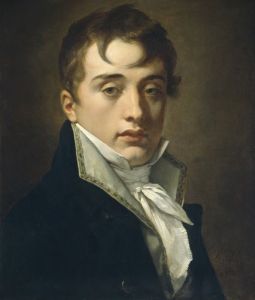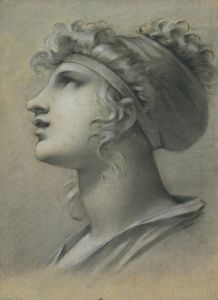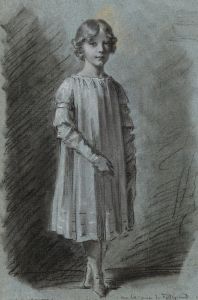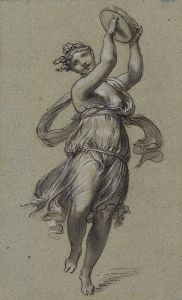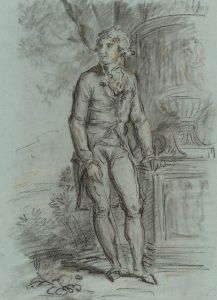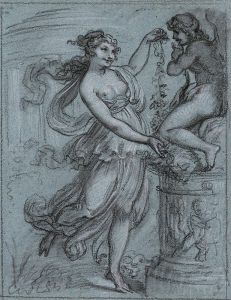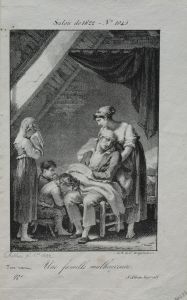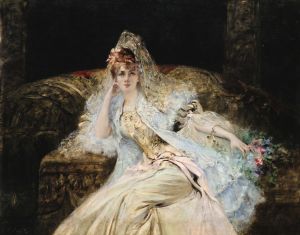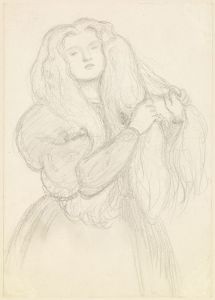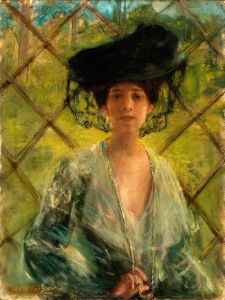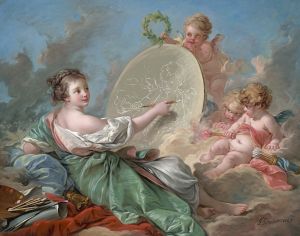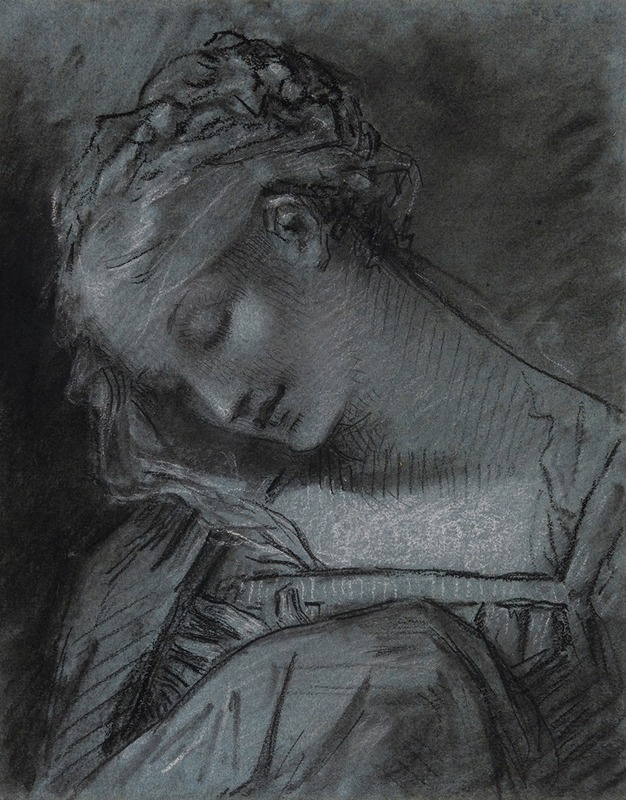
Tête de Vierge
A hand-painted replica of Pierre-Paul Prud'hon’s masterpiece Tête de Vierge, meticulously crafted by professional artists to capture the true essence of the original. Each piece is created with museum-quality canvas and rare mineral pigments, carefully painted by experienced artists with delicate brushstrokes and rich, layered colors to perfectly recreate the texture of the original artwork. Unlike machine-printed reproductions, this hand-painted version brings the painting to life, infused with the artist’s emotions and skill in every stroke. Whether for personal collection or home decoration, it instantly elevates the artistic atmosphere of any space.
Pierre-Paul Prud'hon’s Tête de Vierge (translated as Head of the Virgin) is a notable artwork by the French painter and draughtsman, who is widely recognized for his contributions to the Neoclassical and Romantic movements. Prud'hon, born in 1758 in Cluny, France, was celebrated for his delicate and emotive style, which often blended classical ideals with a softer, more sentimental approach. His works frequently explored themes of beauty, grace, and spirituality, and Tête de Vierge exemplifies these qualities.
The artwork, believed to be a study or preparatory drawing, depicts the Virgin Mary with a serene and contemplative expression. Rendered with exceptional sensitivity, the piece highlights Prud'hon’s mastery of chiaroscuro, the technique of using light and shadow to create depth and volume. The Virgin’s face is softly illuminated, emphasizing her purity and divinity, while the surrounding shadows lend the composition a sense of intimacy and introspection. This focus on emotional resonance and subtlety is characteristic of Prud'hon’s approach, setting him apart from many of his contemporaries.
Prud'hon’s training in Dijon and later in Rome exposed him to classical art and Renaissance masters, influences that are evident in Tête de Vierge. The work reflects his admiration for artists like Raphael, whose depictions of the Virgin Mary often conveyed a similar sense of grace and tenderness. However, Prud'hon’s interpretation is distinct in its emotional depth and the almost ethereal quality of his figures.
While the exact date of creation for Tête de Vierge is not definitively documented, it is consistent with Prud'hon’s broader body of work, which often included studies of religious and allegorical subjects. The piece is thought to have been created as part of his exploration of religious iconography, a theme that recurred throughout his career. Prud'hon’s ability to convey spirituality without overt dramatization made his works particularly appealing during a time when art was transitioning from the strict formalism of Neoclassicism to the more emotive and personal style of Romanticism.
Today, Tête de Vierge is appreciated for its technical excellence and emotional impact. It serves as a testament to Prud'hon’s skill as a draughtsman and his ability to infuse his works with a sense of humanity and divinity. The piece is often studied alongside his other works to understand his unique position in the history of French art, bridging the gap between Neoclassicism and Romanticism.
Further details about the specific provenance or current location of Tête de Vierge are not widely documented, but the work remains an important example of Prud'hon’s artistic legacy.





